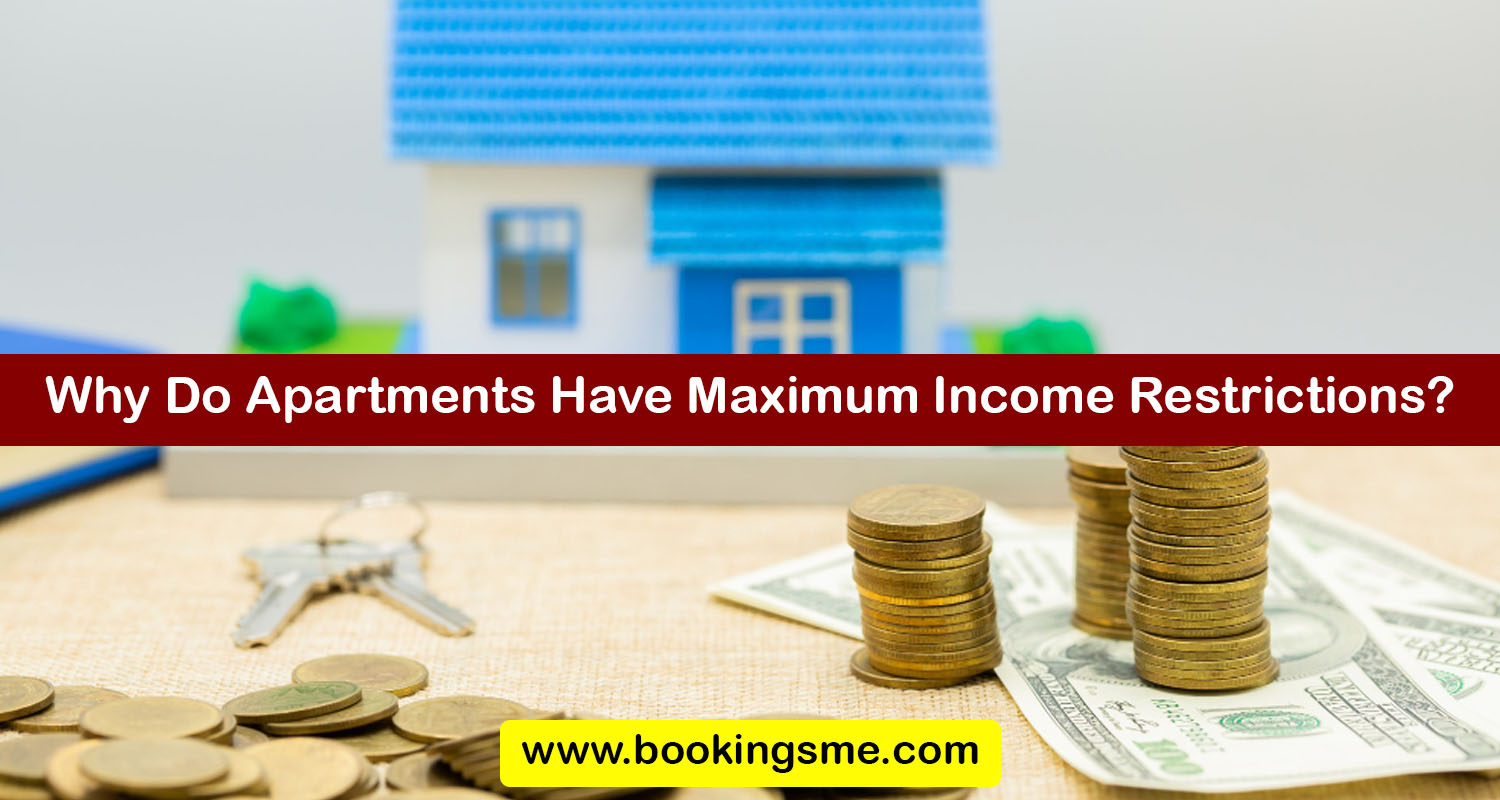Are you want to know that why do apartments have maximum income restrictions? In the realm of housing, why do apartments have income restrictions a crucial role in shaping communities and ensuring equitable access to affordable housing.
These restrictions serve to balance affordability and fair housing, striking a delicate equilibrium between different socioeconomic strata. Let’s delve into the reasons of why do apartments have maximum income restrictions? and how they impact both residents and the rental landscape.
Read Also: Hotel Check in After Midnight Discount
Balancing Affordability and Fair Housing
Apartments are more than just brick and mortar; they are living communities where individuals and families from various walks of life come together to create a dynamic society. The essence of such communities lies in their diversity, which encompasses economic diversity as well. Maximum income restrictions are a tool to preserve this diversity by promoting a mix of residents from different income brackets.
Promoting Socioeconomic Diversity
Imagine a vibrant mosaic, each piece representing a different income group. This mosaic, when combined, forms a beautiful and harmonious picture—the community. why do apartments have maximum income restrictions ensure that this mosaic remains varied and inclusive. By restricting higher-income individuals from occupying affordable housing units, apartments create space for those who might otherwise struggle to find suitable housing options.
Ensuring Affordable Housing Options
Affordability is the cornerstone of a thriving community. Income restrictions help in maintaining the affordability of apartments, allowing those with limited financial means to access housing that fits their budget. By reserving these units for lower-income individuals, apartments bridge the gap between housing availability and affordability, ensuring that the most vulnerable members of society have a place to call home.
Striking a Balance: Equitable Access to Housing
Income based apartments maximum income go beyond preserving socioeconomic diversity; they are a mechanism to uphold fairness and prevent displacement within neighborhoods.
Mitigating Gentrification and Displacement
Gentrification, like a tidal wave, can wash away the essence of a neighborhood, displacing long-time residents and altering the neighborhood’s identity. maximum income restrictions apartments act as a barrier, preventing this wave from engulfing the community. By reserving affordable housing for low and moderate-income individuals, the risk of displacement is mitigated, and communities maintain their stability and character.
Meeting Public Policy Objectives
Governments often implement maximum income restrictions as part of their housing policies, reflecting a commitment to social justice and public welfare. By ensuring equitable access to housing, these policies align with broader societal objectives, promoting an inclusive society where every individual has a fair shot at decent and affordable accommodation.
How Maximum Income Restrictions Impact the Rental Landscape
Understanding the impact of maximum income restrictions apartments is pivotal in navigating the landscape of affordable housing and comprehending the larger socio-economic implications.

Why Do Apartments Have Maximum Income Restrictions?
Navigating the Landscape of Affordable Housing
Supporting Economic Sustainability
Economic sustainability is a jigsaw puzzle, with each piece representing a sector of society. Affordable housing is one of these vital pieces, playing a significant role in the economic sustainability of individuals and families. Apartments have maximum income restrictions and allocate these pieces strategically, ensuring that the puzzle remains intact and balanced. When individuals have access to affordable housing, they can allocate their resources more efficiently, promoting economic stability and growth.
Enhancing Community Cohesion
Imagine a neighborhood as a garden with a vast array of flowers, each with its unique colors and characteristics. Maximum income restrictions act as the gardener, carefully tending to each flower to ensure they bloom and thrive together. By maintaining a balance in the income levels of residents, apartments create a sense of community cohesion. Residents with similar economic backgrounds can relate to one another, fostering stronger social ties, increased collaboration, and a deeper sense of belonging within the neighborhood.
Are maximum income restrictions legal?
The upper income limits for flats are legitimate and frequently enforced by housing laws at the state and federal levels. These limitations are in place to promote fairness and equitable access to housing resources within a community and to guarantee that affordable housing options are made available to people and families within particular income categories.
The legitimacy of these limitations contributes to the preservation of a balanced and diverse housing market, addressing issues with housing affordability in a controlled manner.
How are maximum income limits determined for apartments?
The area’s median income and household size are the main parameters used to calculate the maximum income limitations for flats. These restrictions are typically calculated by government housing agencies to maintain uniformity and fairness among housing units.
The objective is to establish income levels that are consistent with local cost of living, making housing accessible for people from different income groups. In order to customize the limitations to specific situations, household size is taken into account. This keeps the intended aid for lower-income individuals and families in place while ensuring that bigger families with higher expenses have suitable income levels.
Do maximum income restrictions apply to all apartments?
No, maximum income restrictions are typically applicable to specific types of housing, such as affordable housing or subsidized units, aimed at providing assistance to lower-income individuals and families.

